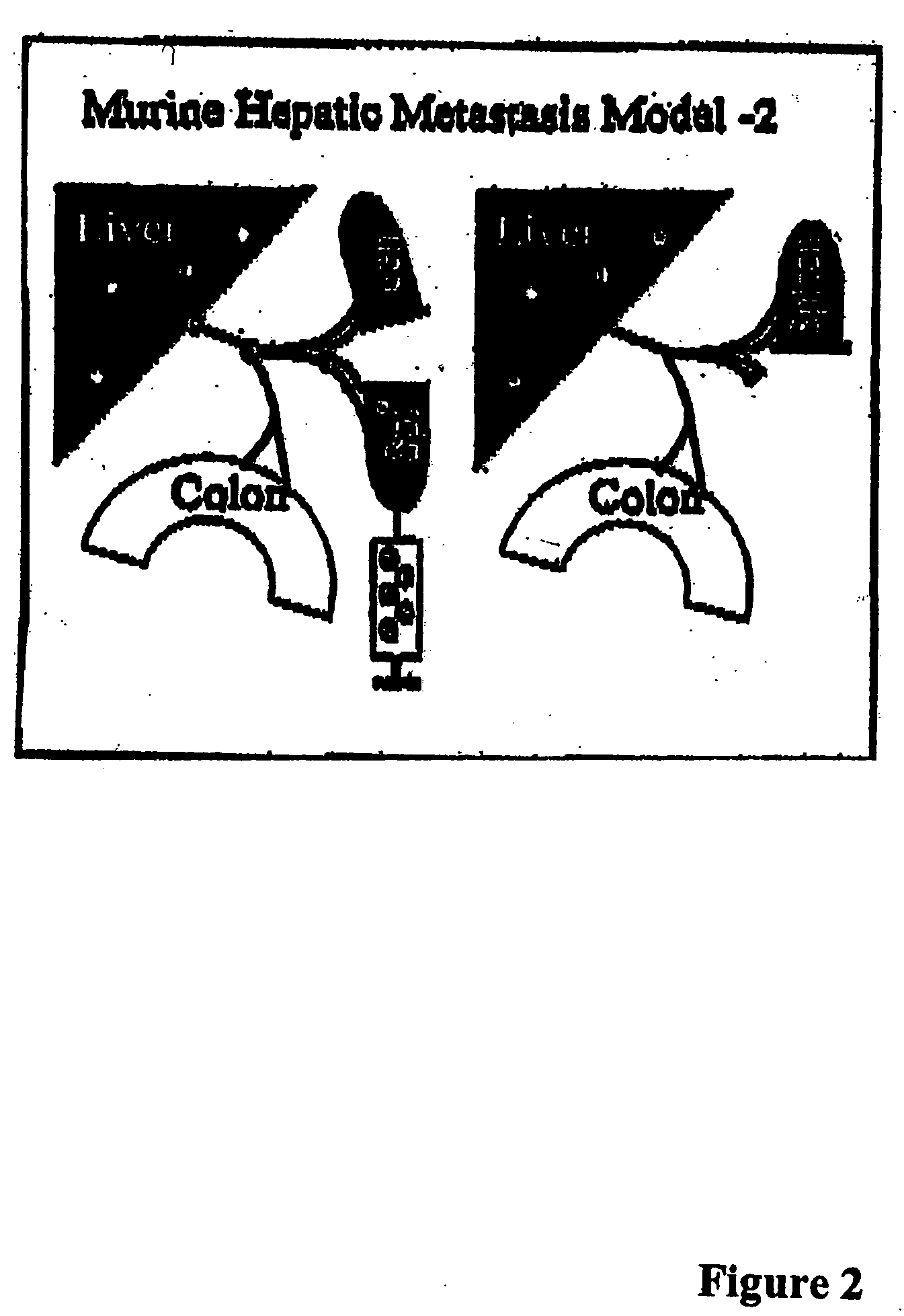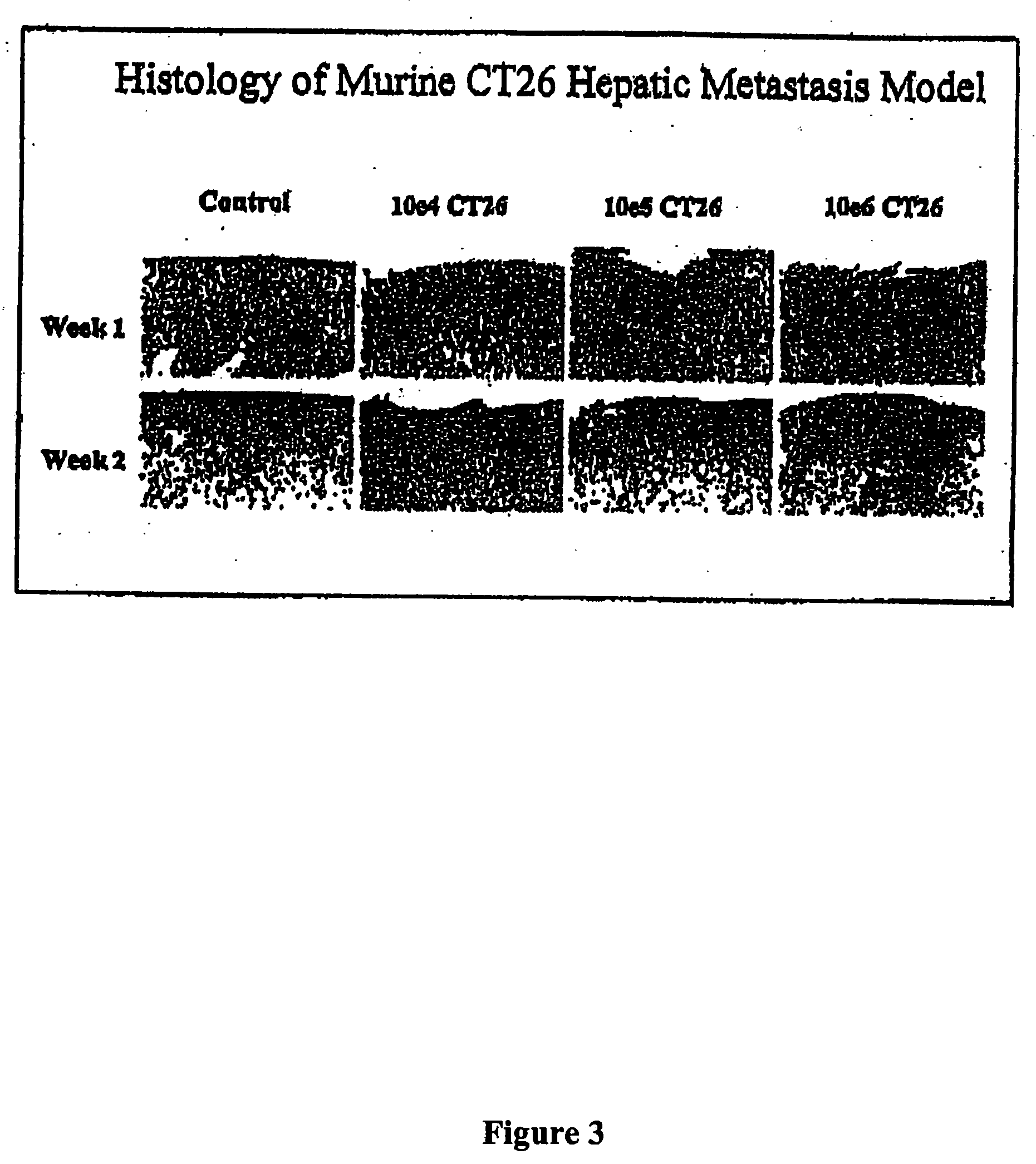Methods and compositions for the targeting of a systemic immune response to specific organs or tissues
a systemic immune response and composition technology, applied in the direction of drug compositions, antibody medical ingredients, biocide, etc., can solve the problems of reducing the effectiveness of radiation and chemotherapeutic agents, affecting the delivery of blood-borne chemotherapeutic agents, and early efforts that were not very successful
- Summary
- Abstract
- Description
- Claims
- Application Information
AI Technical Summary
Benefits of technology
Problems solved by technology
Method used
Image
Examples
Embodiment Construction
4.1. General
[0031] In general, the invention provides methods and compositions for targeting a separately generated immune response to a specific organ or tissue, e.g. one affected by cancer, using one or more agents with a tropism for the organ or tissue or that can be specifically localized to the desired organ or tissue. The invention is particularly beneficial where methods and compositions for generating the specifically-targeted immune response are used in combination with a second immunologic agent, e.g. a vaccine, that generates a generalized immunological response. In preferred embodiments, the invention provides means for avoiding potential problems associated with a systemically generated, generalized immunologic response, such as occur with vaccines. In particular, such immunological responses are unfocused and do not target a specific organ or tissue. In certain other instances, the unfocused immunological response cannot gain access to the desired specific target org...
PUM
| Property | Measurement | Unit |
|---|---|---|
| temperature | aaaaa | aaaaa |
| temperature | aaaaa | aaaaa |
| temperature | aaaaa | aaaaa |
Abstract
Description
Claims
Application Information
 Login to View More
Login to View More - R&D
- Intellectual Property
- Life Sciences
- Materials
- Tech Scout
- Unparalleled Data Quality
- Higher Quality Content
- 60% Fewer Hallucinations
Browse by: Latest US Patents, China's latest patents, Technical Efficacy Thesaurus, Application Domain, Technology Topic, Popular Technical Reports.
© 2025 PatSnap. All rights reserved.Legal|Privacy policy|Modern Slavery Act Transparency Statement|Sitemap|About US| Contact US: help@patsnap.com



